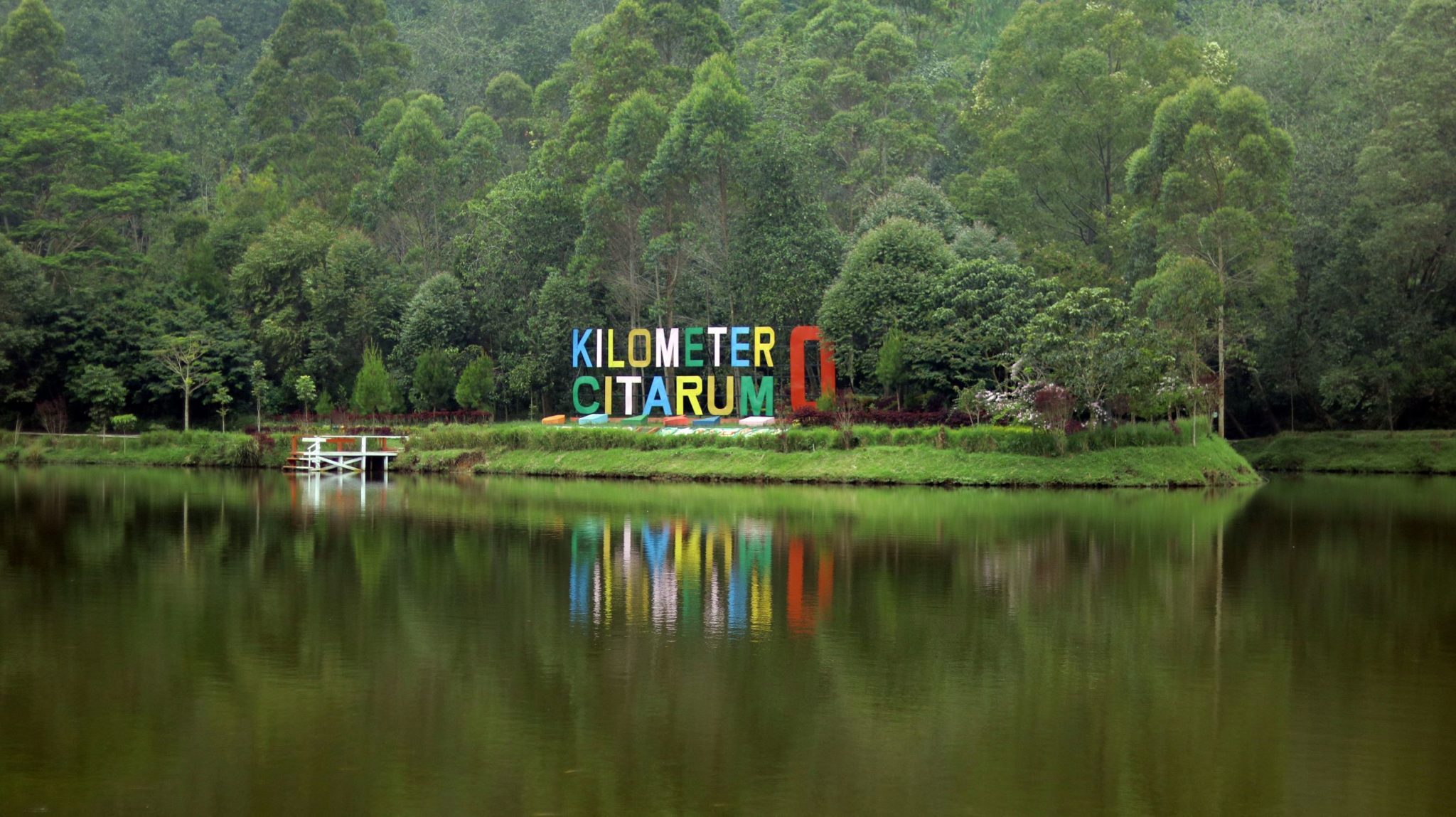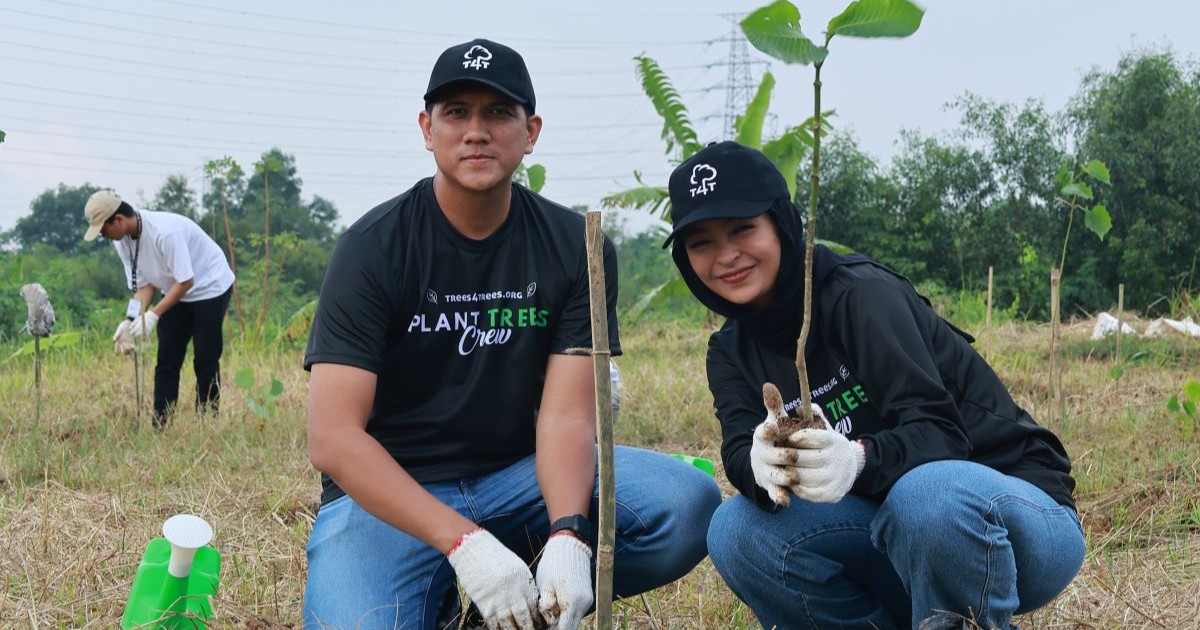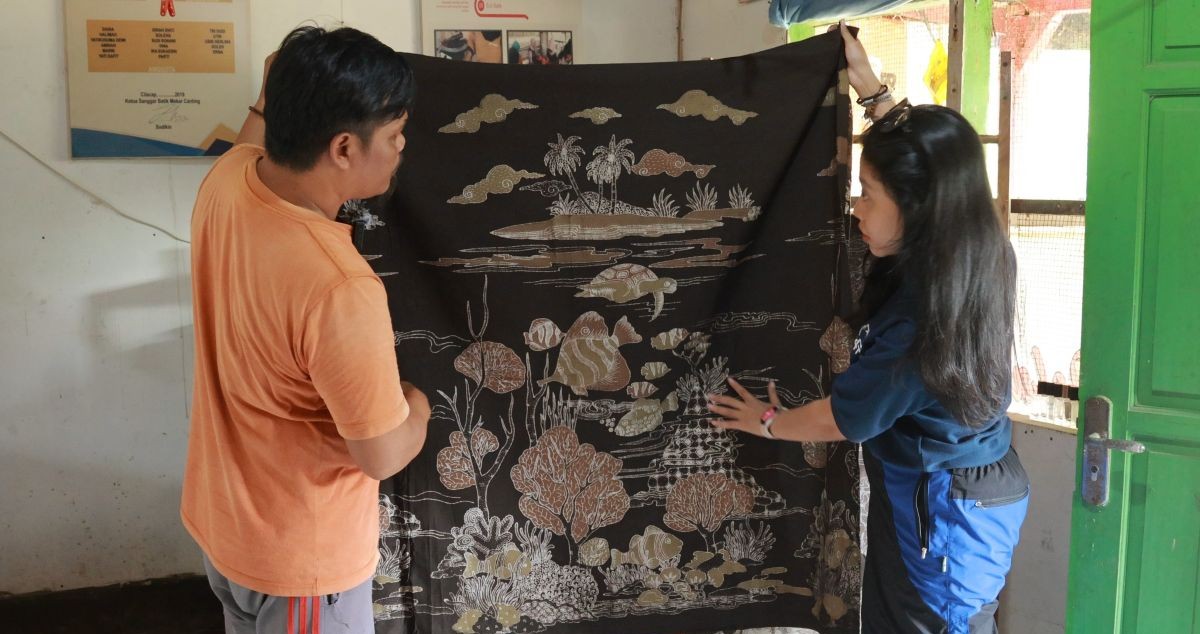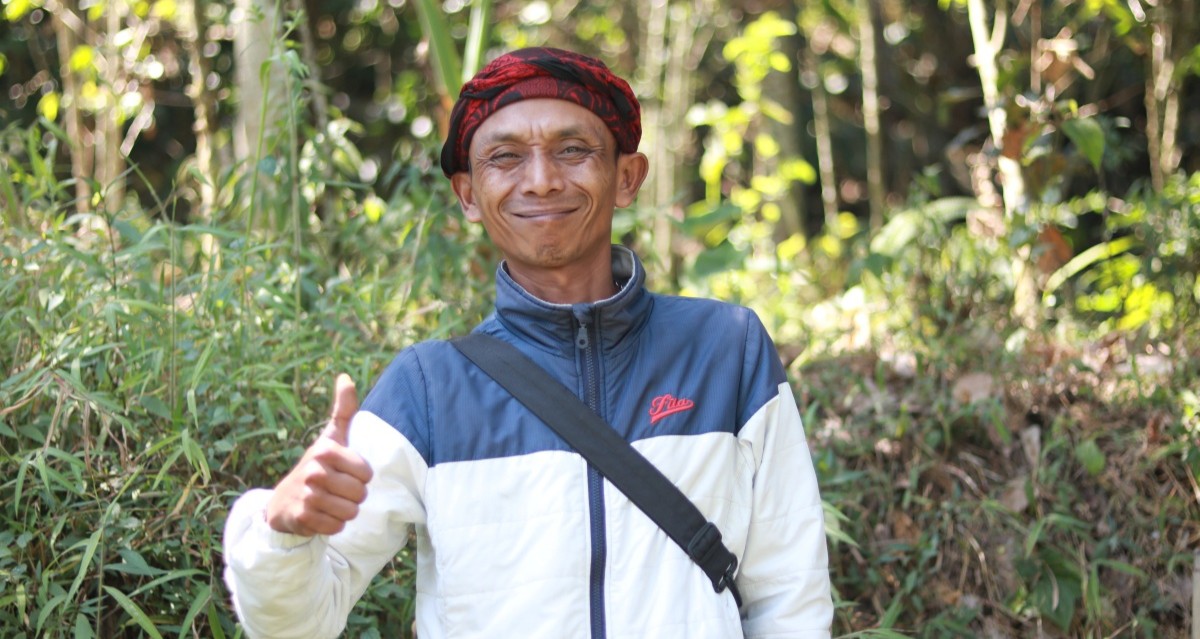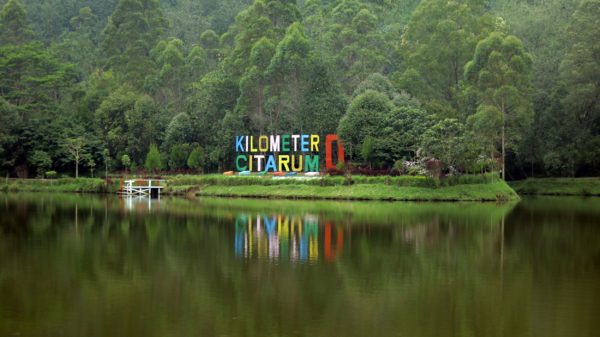
The Citarum is the longest and largest river in West Java, providing water for over 27 million people and irrigation for nearly 40% of regional rice production. In recent years, it has achieved notoriety as one of the world’s most polluted water courses. But there is another side to the Citarum. Trees4Trees followed the river upstream and discovered something truly beautiful.
Back to Square One: The Birthplace of the Citarum
Walking through the main entrance of the village, we are welcomed by a thick blanket of trees. In the distance, we can hear the trickle of water and the sound of birds singing – a sure a sign the ecosystem here is in good health. It also means we’re nearing our destination.
Upstream from the noise and pollution of the coastal urban areas, the Citarum River begins life in a quiet lake called Situ Cisanti. Located 37 miles (60 km) from the center of Bandung in Tarumajaya Village, this five-hectare lake sits at an altitude of nearly 5,000 feet (1,500 m) above sea level. Up here, the mornings are misty and quiet, and the views are breathtaking.
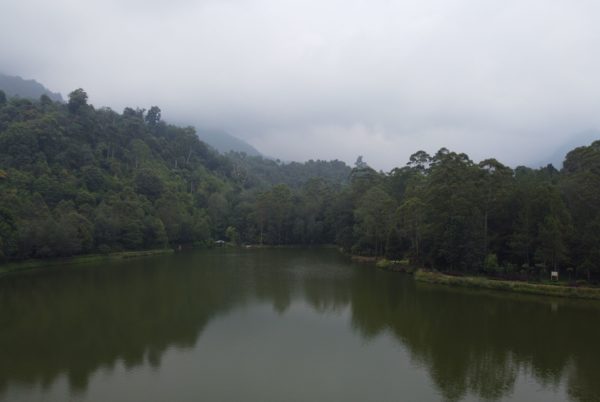
A Walk on the Wild Side of West Java
The lake itself is hidden away at the end of a long and winding road – a network of paths that wriggles uphill through Bandung Regency. They fan out through an endless landscape of farmland and fields, which includes Kertasari – one of Java’s oldest tea plantations, set up in 1906.
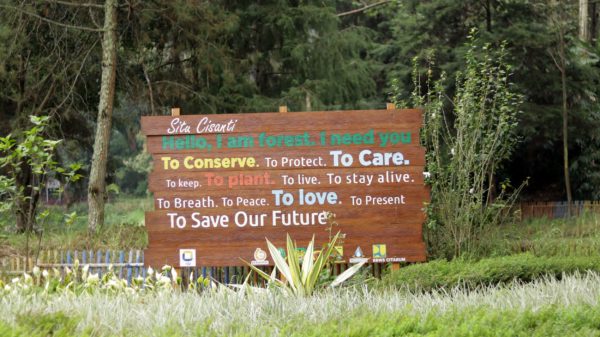
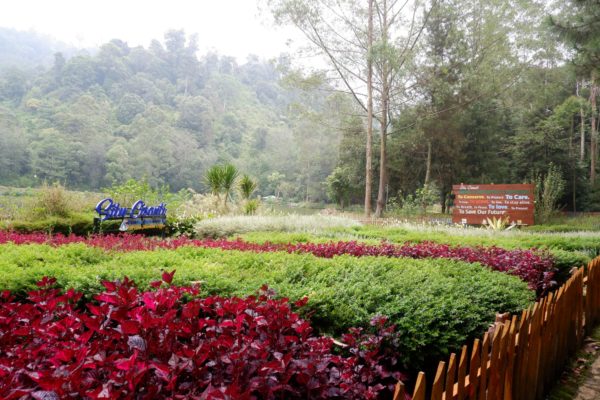
There’s plenty to do here too. Visitors can explore the scenery surrounding Situ Cisanti, with activities such as fishing, boat rides, and photography. Or they can just soak in the peace and quiet of this tranquil place.
Located in the shadow of Wayang mountain, the area is a great spot for hiking, or for jogging around the lake. Facilities include a large parking lot, toilets, and food stalls. Best of all, admission is just Rp 15,000 (US$ 1) per person.
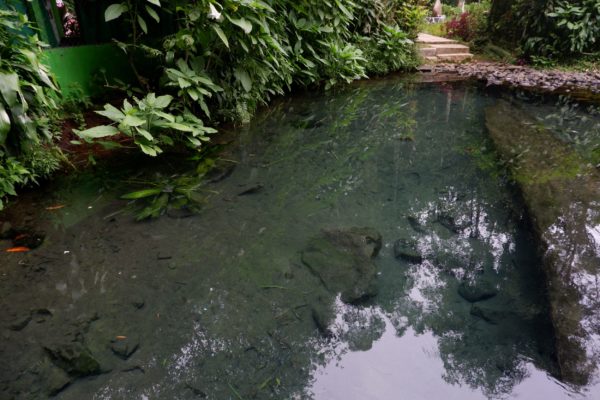
Spring into Life: The Birthplace of the Citarum
“Our ancestors left us a message,” explains Atep, who has been working to protect this area since he was young. “From generation to generation, (we must) protect the springs according to local wisdom in our village.”
The springs he is referring to are the Citarum, Cikahuripan, Cikoleberes, Cihanuwung, Cisadane, Cikawudukan, and Cisanti. Most of the water that fills Situ Cisanti and flows downstream through the Citarum River comes from these seven springs, which are so vital to life and livelihoods in West Java.
“We can drink the water directly from these springs. “The rules even restrict visitors wearing shoes when entering this pond to keep it clean,” says Atep, who adds that the Citarum and Cikahuripan springs provide drinking water for his village.
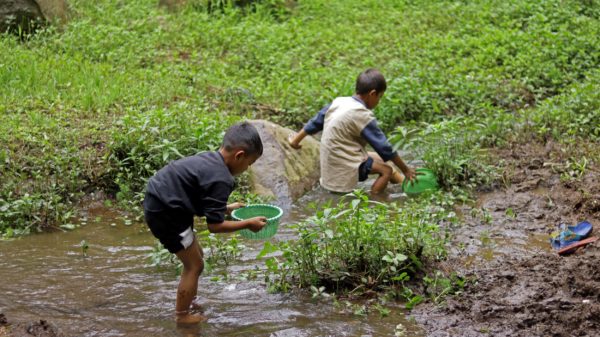
Read also: A Watershed Moment Planting Begins at the Citarum River
Trees4Trees: A Cleaner, Greener Future for the Citarum
In 2021, Trees4Trees set out on a tree planting program in Cibereum village, close to Situ Cisanti. In the most recent planting season (2022), more trees were planted here, as well as in the neighboring villages of Tarumajaya and Santosa. Much of the farmland in these hilly areas is poorly designed, which can lead to environmental problems such as erosion, flooding, and siltation of the rivers.
“This can have a long-term impact on water availability,” explains Jeje Sutarja, Trees4Trees’ Unit Manager in the Cirasea 3-unit area. “By planting trees, we hope to enlarge the water catchment area around the upstream, conserve the water springs and preserve the beauty of this lake,” he added.
The Citarum is famed as one of the dirtiest and most polluted rivers in the world. But up here, in the mountains where it was born, the river has a different story to tell. The birds are singing around Situ Cisanti, the water is clean enough to drink, and local people are working to conserve these waters according to the wisdom of their ancestors. The birthplace of the Citarum is a glimpse of what the river once was, but also a vision of what it could be; with enough support, and a shared commitment to clean and protect it, the Citarum could become famous for all the right reasons.
Writer: V. Arnila Wulandani. Editor: Christopher Alexander

